Asked about possible objections from the public, Pravin Ladkat says the corporation is already drawing water from the Pavana dam, which is full of sewage and treating it at a plant in Nigdi.
Pravin Ladkat, joint city engineer of the Pimpri-Chinchwad Municipal Commission, retired on February 28 after 25 years of service. He had handled the water supply department and had played a key role in ensuring equitable distribution of water across the industrial city. As he bid good adieu to PCMC, Ladkat, in an interview with Manoj More, reveals that Pimpri-Chinchwad will not struggle for drinking water for the next 10-15 years but after that will have to look at reusing sewage water after thoroughly treating it at its filtration plants. Excerpts:
Do you think the PCMC today is in a position to cater to the rising drinking water needs of the 27 lakh people of Pimpri-Chinchwad ?
With the work of lifting water from the Andra dam nearing completion, we will get 100 MLD additional water. We are already drawing over 500 MLD water from the Pavana dam. Which means we will have 600 MLD water at our disposal every day. Once the work for drawing Andra dam water is completed, we should be able to restore daily water supply to the entire city. But I can’t tell you how much time it will take to complete the work. It might take one month or more. The civic administration will take a decision regarding restoring the daily water supply only after the work is completed.
For how long can this go on?
We are also hoping that in a year or two, we will get 167 MLD water from the Bhama Askhed dam. The water is being brought from the Bhama Askhed dam to Pimpri-Chinchwad through a closed pipeline. We are also looking for 100 MLD water from the stalled Pavana dam. This means we will have close to 900 MLD water. This I think should suffice for 10-15years.
But after that how will Pimpri-Chinchwad, with its rising population, fulfil its need for drinking water?
Today we have a population of 27 lakh. This will go up to 40 lakh or so in the next 10-15 years. We will have to look for new sources of water. However, we have only three dams and no other sources. We are planning to increase our sewage treatment plants and their capacities. We will have to recycle and reuse water. We plan to treat the sewage water at an advanced treatment facility and then release it into the river. From the river, we will draw it again, treat it and supply it to the residents.
Do you think residents will accept treated sewage water?
They will not. But remember even today we are drawing water from the Pavana dam, which is full of sewage. The water comes to Ravet from the Pavana dam. It is lifted from here and then supplied to our filtration plant in Nigdi from where it is supplied to the entire city. But it is true that people’s mindset is such that they will balk at the thought of getting treated sewage water.
During your recent presentation of the water system in the city, you said citizens are using more water than is permitted. Please elaborate.
The standard norms as laid down by the central government is that every citizen should use 135 litre water per day. However, at some places in the city, each resident uses 500 litre water per day. This inequitable distribution of water leads to problems in some areas. In some places where the terrain is on the slope, thanks to gravity, they get more water than areas on the upper side of the tanks. As a result, some residents get to use more water than others. There is a need to regulate this inequitable distribution of water through some effective mechanism.
Residents of Pimpri-Chinchwad have heard a lot about 24X7 water supply. Will the entire city really get water round the clock?
When water is available throughout the day, people won’t store them in every available utensil or tank. Instead, they will use whatever is required. This is the basic concept behind 24X7 water supply. We have already started 24X7 water supply in Sector 25, where 1,500 households get water round the clock. In 40 per cent of the suburbs, laying pipelines and other work have been completed. As soon as we get an additional 100 MLD of water from the Andra dam, we will start 24X7 water supply in 40 per cent of the suburbs. In the remaining 60 per cent of suburbs, the work has started. When this work is completed, the entire city will get 24X7 water supply.
How many complaints do you get daily regarding inadequate supply?
We do get complaints from citizens in areas where there is low-pressure water. But these complaints will come down drastically once we start getting 100 MLD water from the Andra dam.
How much water loss does the PCMC suffer?
There is 35 per cent of non-revenue water. This means there is a loss due to leakages. Besides we supply water to slums, from where the PCMC gets nothing. Similar is the case with government offices and unauthorised connections.
Has the PCMC replaced all the old pipelines that were laid underground years back?
We have replaced 10-15 per cent of the old pipelines wherever replacement was extremely necessary. We do not need to replace all of them as they can last for 70-80 years.
Is the PCMC making any serious effort to resolve the stalled Pavana pipeline project?
Since the chief minister had stopped it in 2011 after three protesting farmers were killed in police firing, the project has remained stalled. Efforts are being made to get it restarted. It will be of great help to Pimpri-Chinchwad once it is started.
Source: =”https://indianexpress.com/article/cities/pune/pimpri-chinchwad-recycle-sewage-water-after-15-years-ex-joint-city-engineer-7797564/” target=”_blank” rel=”noopener”>indianexpress.com

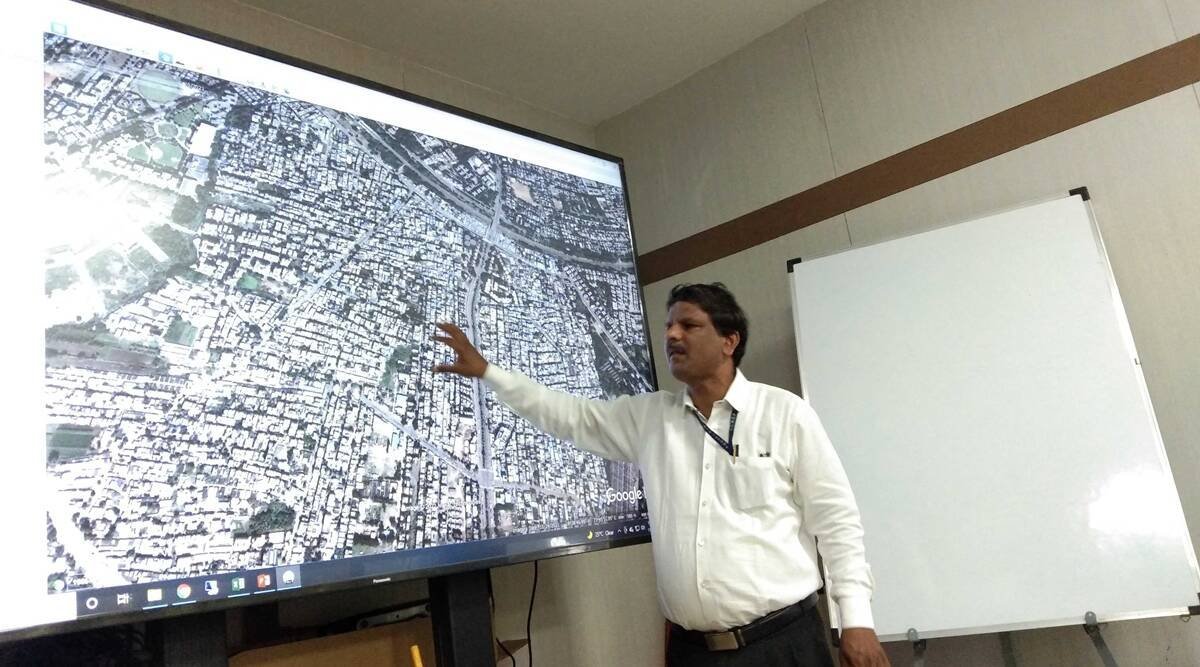

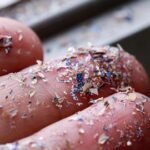
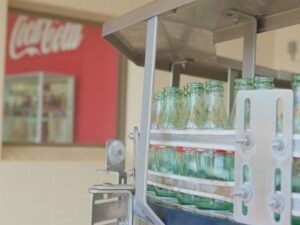

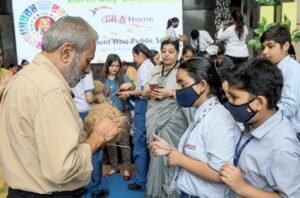
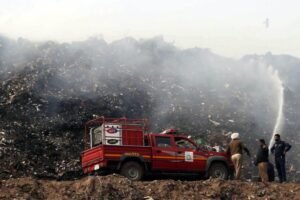
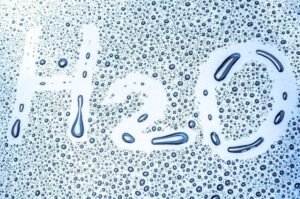





Add comment